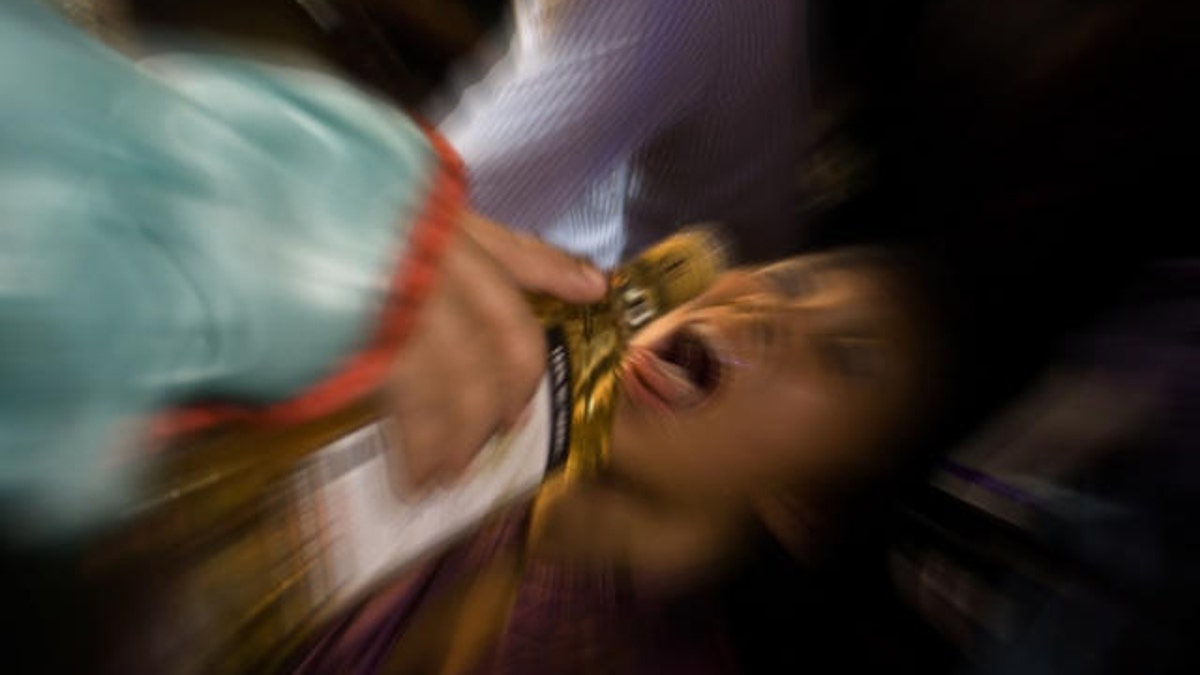
(AP)
Women who are sexually assaulted at large events like festivals and holiday gatherings are often young, intoxicated and unfamiliar with their attacker, according to a small Canadian study.
More than a quarter of sexual assaults happen at mass events like festivals, student orientations and holiday celebrations, the study authors say, and prevention efforts should focus on the distinctive risk factors in these cases.
Kari Sampsel, medical director of the Sexual Assault and Partner Abuse Care Program (SAPACP) at Ottawa Hospital, told Reuters Health that she and her colleagues were inspired to do the study after they noticed more women were coming in for care around holidays and other times of celebration.
As reported in Emergency Medicine Journal, the researchers analyzed data from 2013 on sexual assault cases involving women over age 16 who came to the SAPACP within 30 days of the attack.
Among the 204 cases of sexual assault identified, 53 of them, or 26 percent, happened at large gatherings.
All records of assaults that did not specifically mention a mass gathering were used for comparison, although Sampsel noted that the true number of assaults at large events could be higher, since not all records included this information.
Assaults at mass events were most common around holidays such as New Year's Eve, Halloween and Canada Day, as well as during new student orientation, or "frosh week"' at universities.
Most mass-event-related assaults happened either at a friend's home (25 percent) or outdoors (23 percent), whereas one third of assaults in the comparison group took place at the victim's home and only 14 percent outdoors.
Women who were assaulted at mass gatherings were on average 25 years old, compared to the average age of 30 among women assaulted under other conditions.
The women assaulted at large events were also more likely to have willingly consumed drugs or alcohol, with 90 percent reporting taking some substance, compared to 60 percent in the other group.
Nearly two-thirds of women at mass gatherings reported losing consciousness during their assault and 57 percent suspected they were given drugs without their knowledge or consent. That's significantly higher than in the comparison group, where 39 percent of women reported either situation.
Women assaulted at big events were also about half as likely to know their attacker. While 60 percent of women attacked in other locations knew the person who assaulted them, this was true for 33 percent of women at mass gatherings.
Sampsel noted that this finding stands out in particular given that the proportion of women in the general population who know their attacker can be as high as 85 percent.
Although medical care was similar between the two groups, women assaulted at gatherings were less likely to release their rape kits to the police.
Sarah Fischer, an assistant professor of psychology at George Mason University in Virginia, noted that in a large crowd, a bystander effect may play a role in assaults. "People may not notice an assault taking place, or may not perceive it as an emergency, or may experience a diffusion of responsibility, since there are so many other people present," she said by email.
Sampsel is developing a program called Project Soundcheck, designed to encourage bystander intervention at music festivals and other events. While event security often stays at the perimeter of crowds, she said, the Ottawa program trains volunteers to enter crowds and look for predatory behavior and the beginnings of sexual assault.
Sampsel advised people attending large gatherings to "go with your friends, stay with your friends, keep an eye on each other, and know your limits for alcohol and drug consumption."
Fischer noted, however, that the burden of preventing sexual assault should not fall only on potential victims. "Sexual assault prevention is not just for victims, but for everyone," she said, adding, "if you see something, say something."
SOURCE: http://bit.ly/1NYyHQf Emergency Medicine Journal, online August 27, 2015.
